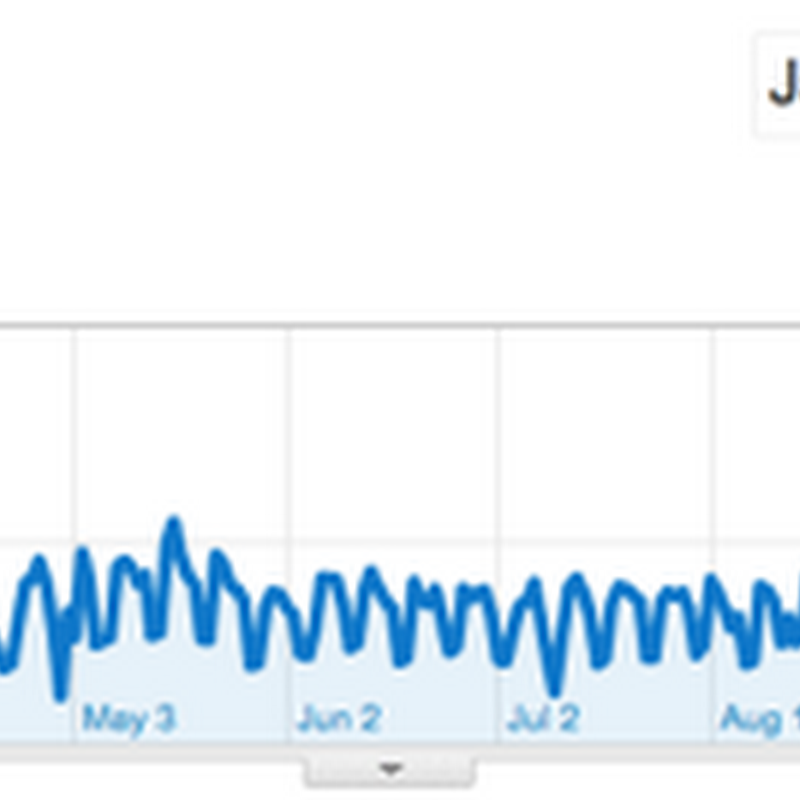Quick note about a tool I've cobbled together as part of the phyloinformatics course, which addresses a long standing need I and others have to extract specimen codes from text. I've had this code kicking around for a while (as part of various never-finished data mining projects), but never got around to releasing it, until now.
iPhylo
As part of a postgraduate course here at the University of Glasgow I'm teaching five sessions on "phyloinformatics", which I've decided to define broadly enough to encompass most of biodiversity informatics.Given that this module is being developed on the fly, and will make use of lots of little "toys" I've developed and discussed on this blog, I've decided to put the course notes online, along with the interactive demos and the source code.
As part of a course on "phyloinformatics" that I'm about to teach I've been making some visualisations of classifications. Here's one I've put together using jQuery Mobile and the Encyclopedia of Life API. It's pretty limited, but is a simple way to explore EOL using three different classifications.
This message appeared on the TAXACOM mailing list:Given that most specimens lack resolvable digital identifiers (a theme I've harped on about before, most recently in the context of DNA barcoding), answering this kind of query ends up being a case of searching publications for text strings that contain the acronym of the collection.
Here are some quick notes on how BHL could use Mendeley as a "CiteBank". As a repository of bibliographic data If the goal is to assemble a "bibliography of life" then there are various ways this could be done. Taxon-specific bibliographies Create groups that are taxon-specific (or find existing groups in Mendeley.
I've recently updated my database of links between animal taxonomic names and literature identifiers, which now has over 280,000 names linked to some form of identifier (127,000 of these being DOIs). You can see the current version here:http://iphylo.org/~rpage/itaxon/As an experiment I've added a feature to list the number of names for each journal.

One of the things I keep revisiting is the way we display scientific articles. Apart from Nature's excellent iPhone and iPad apps, most efforts to re-imagine how we display articles are little more than glorified PDF viewers (e.g., the PLoS iPad app).Part of the challenge is that if we make the article more interactive we immediately confront the problem of how to link to other content.

Quick note to self about exporting data from my Australian Faunal Directory on CouchDB project. To export data from a CouchDB view you can use a list function (see Formatting with Show and List). Following the example on the Kanapes IDE blog, I created the following list function: { "_id": "_design/publication", "_rev": "14-467dee8248e97d874f1141411f536848", "language": "javascript", "lists": { "tsv": "function(head,req) { var row;

Given various discussions about identifiers, dark taxa, and DNA barcoding that have been swirling around the last few weeks, there's one notion that is starting to bug me more and more.

According to Google Analytics BioStor has experienced a big drop in traffic since the start of October:At one point I'm getting something like 4500 visits a week, now it's just over a thousand a week. I'm guessing this is due to Google's 'Panda' update. I suspect part of the problem is that in terms of text content BioStor is actually pretty thin.